
Imagine a city that was once the gateway to ancient Egypt, a bustling port where merchants from all over the Mediterranean came to trade and exchange ideas. A city that was home to temples, palaces, statues and monuments, where gods and goddesses were worshipped and celebrated. A city that was so important that it was mentioned by legendary figures such as Heracles and Helen of Troy. Now imagine that this city vanished under the sea, buried by sand and silt for over a thousand years, until it was rediscovered by a team of underwater archeologists.
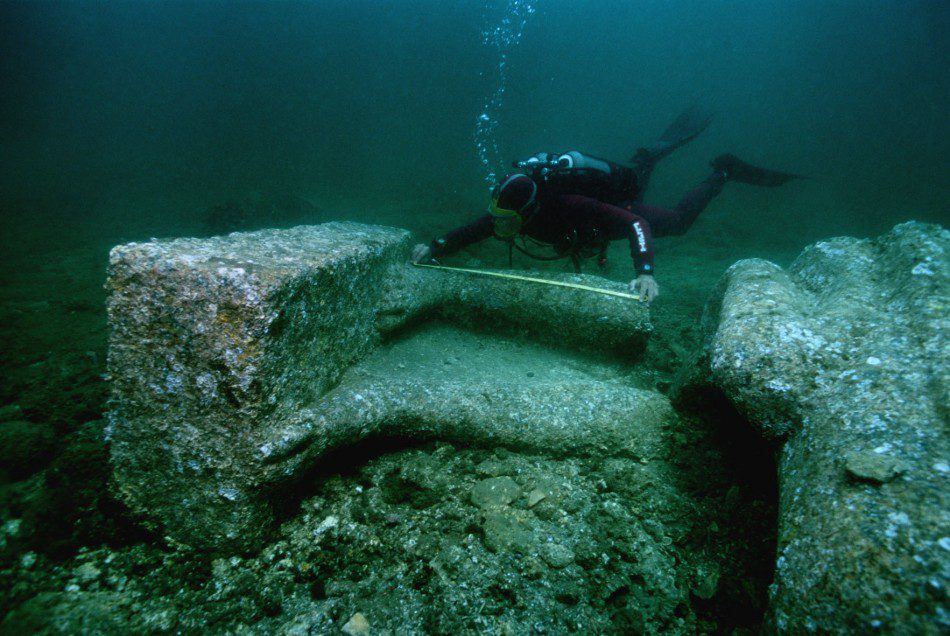
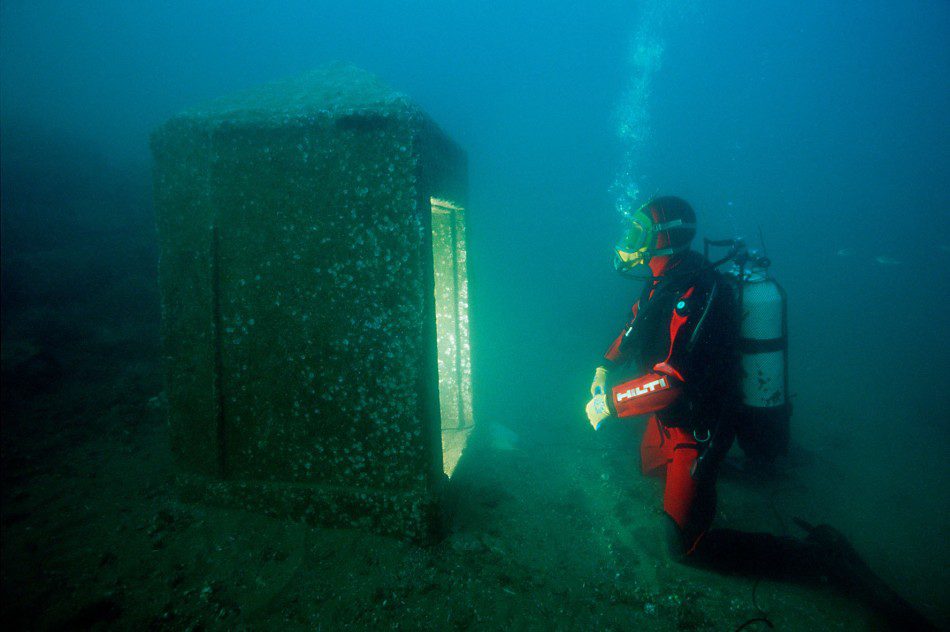
This is the story of Thonis-Heracleion, also known as Thonis to the Egyptians and Heracleion to the Greeks. It was located near the Canopic Mouth of the Nile, about 32 km (20 mi) northeast of Alexandria on the Mediterranean Sea. It was founded around the 7th century BC and reached its peak in the 4th century BC, when it became the main port of entry for foreigners visiting Egypt. It was also a religious center, where pilgrims came to pay homage to the goddess Neith of Sais, whose sanctuary was located in Thonis.
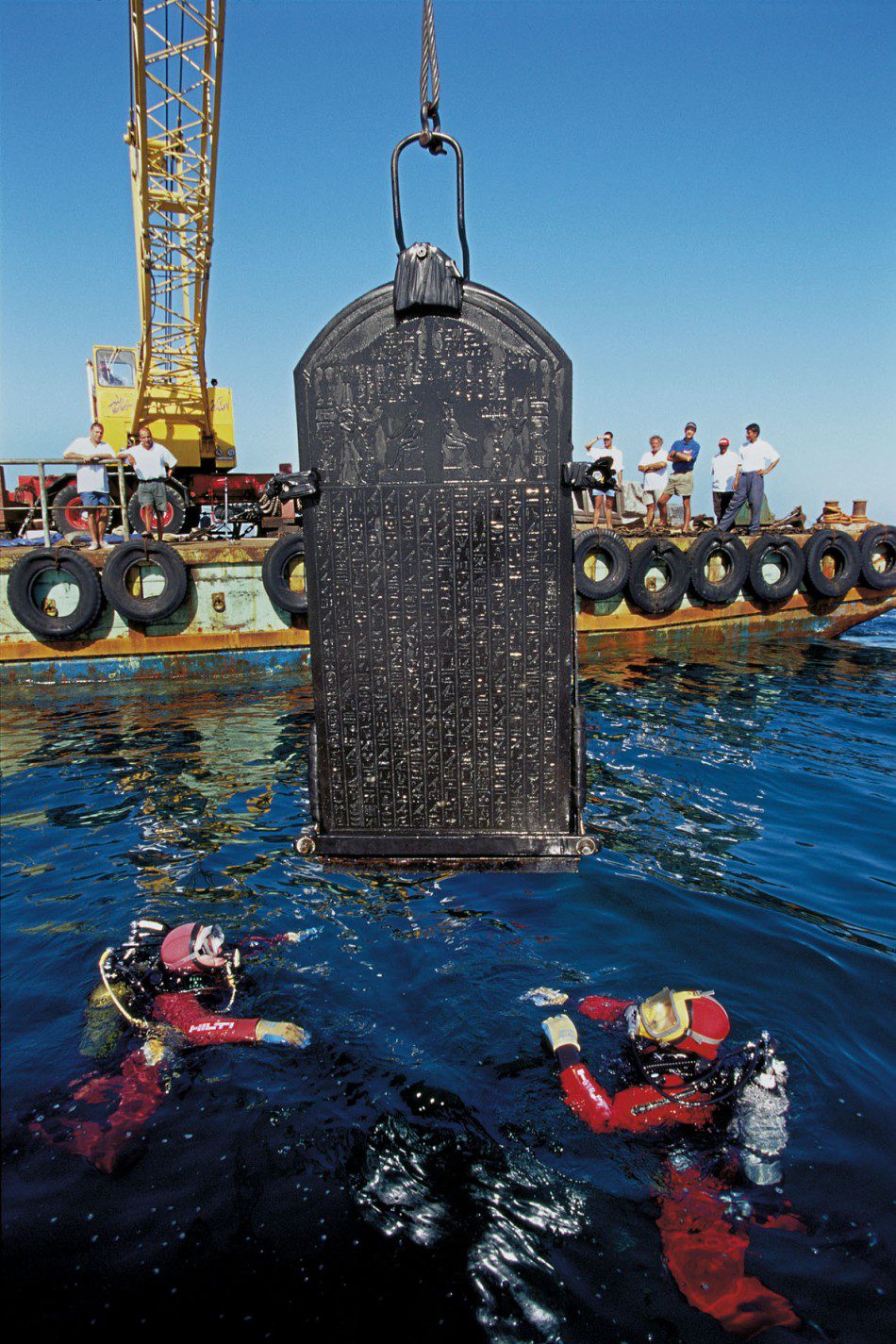
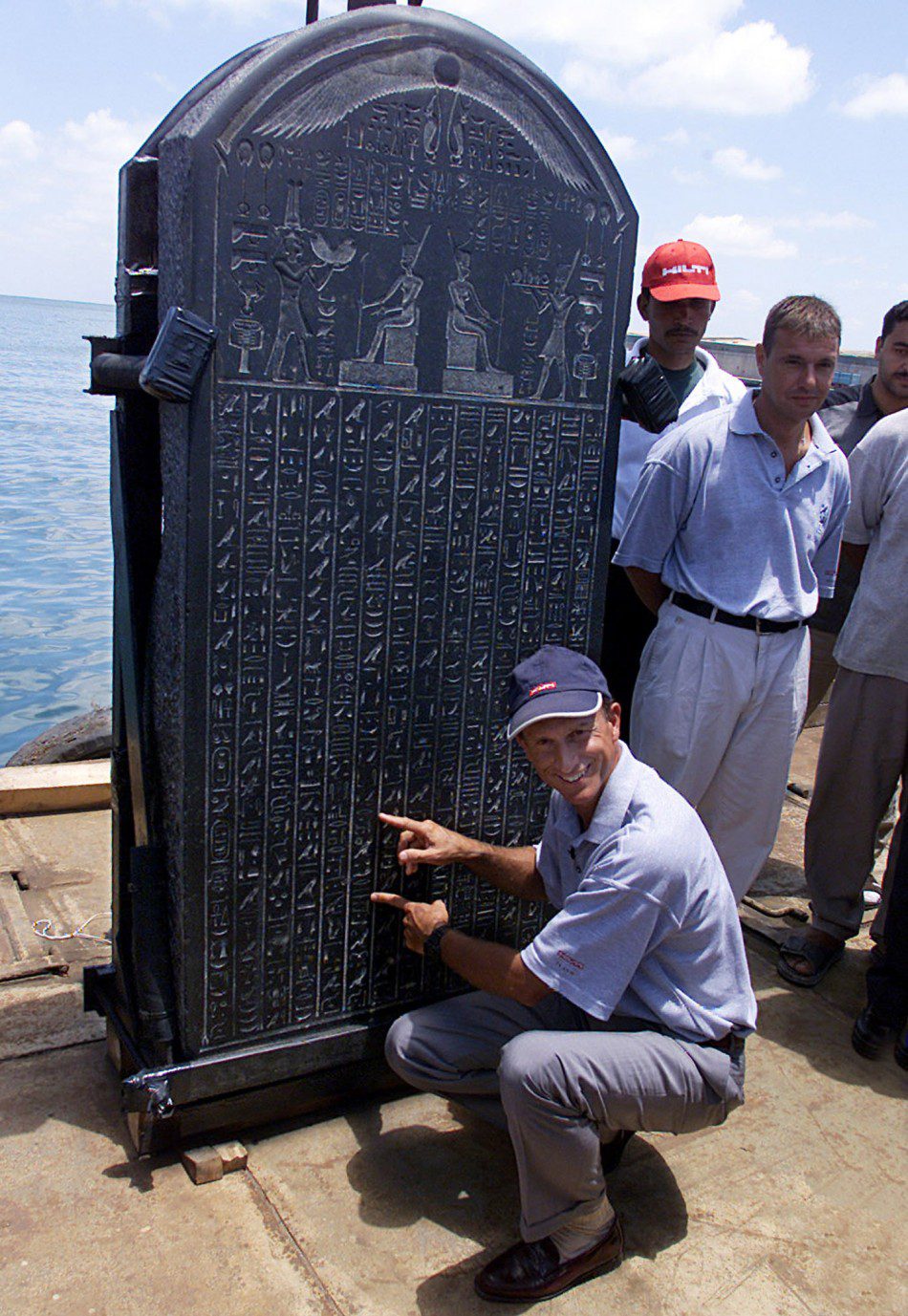
Thonis-Heracleion was a city of contrasts: part marshland, part urban sprawl, part sacred site, part commercial hub. It had a unique blend of Egyptian and Greek culture, reflected in its architecture, art and inscriptions. It had a complex network of canals and harbors, where ships from different lands docked and unloaded their goods. It had a rich and diverse population, composed of Egyptians, Greeks, Carians, Phoenicians and others. It had a vibrant and dynamic history, marked by alliances and conflicts, prosperity and decline, peace and war.
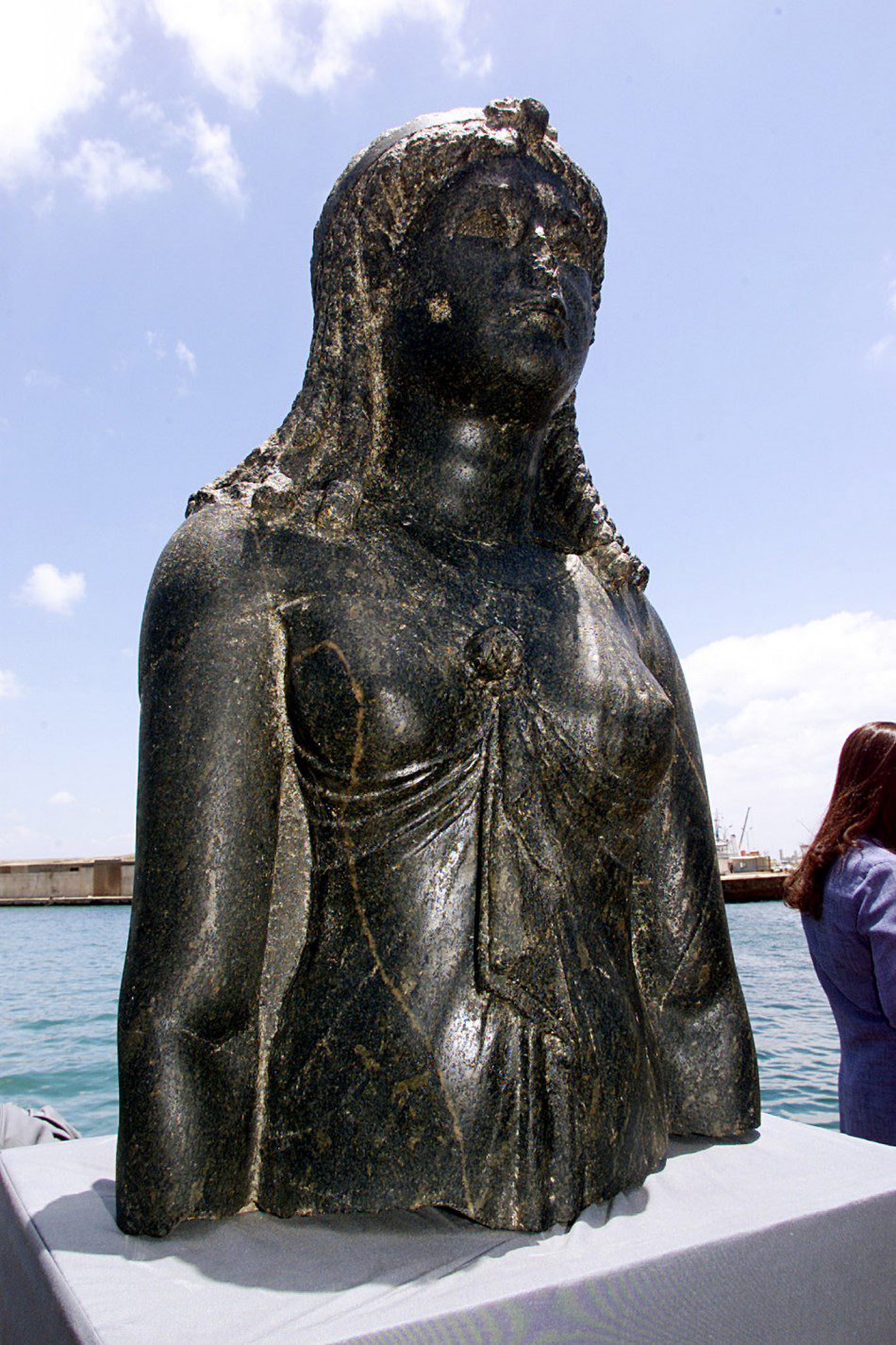
But Thonis-Heracleion also had a tragic fate. Sometime between the 2nd and 1st century BC, a series of natural disasters struck the city: earthquakes, tidal waves, soil liquefaction and subsidence. The city gradually sank into the sea, along with its buildings, statues and treasures. It was forgotten by history, until it was accidentally rediscovered in 2000 by a group of divers working off the Egyptian coast. They found a large fragment of rock under the seabed, which turned out to be part of a colossal statue of Hapy, the god of fertility and the Nile. They continued searching and eventually unearthed more than 70 other statues, as well as hundreds of smaller artifacts: pottery, jewelry, coins, lamps, barges and busts.
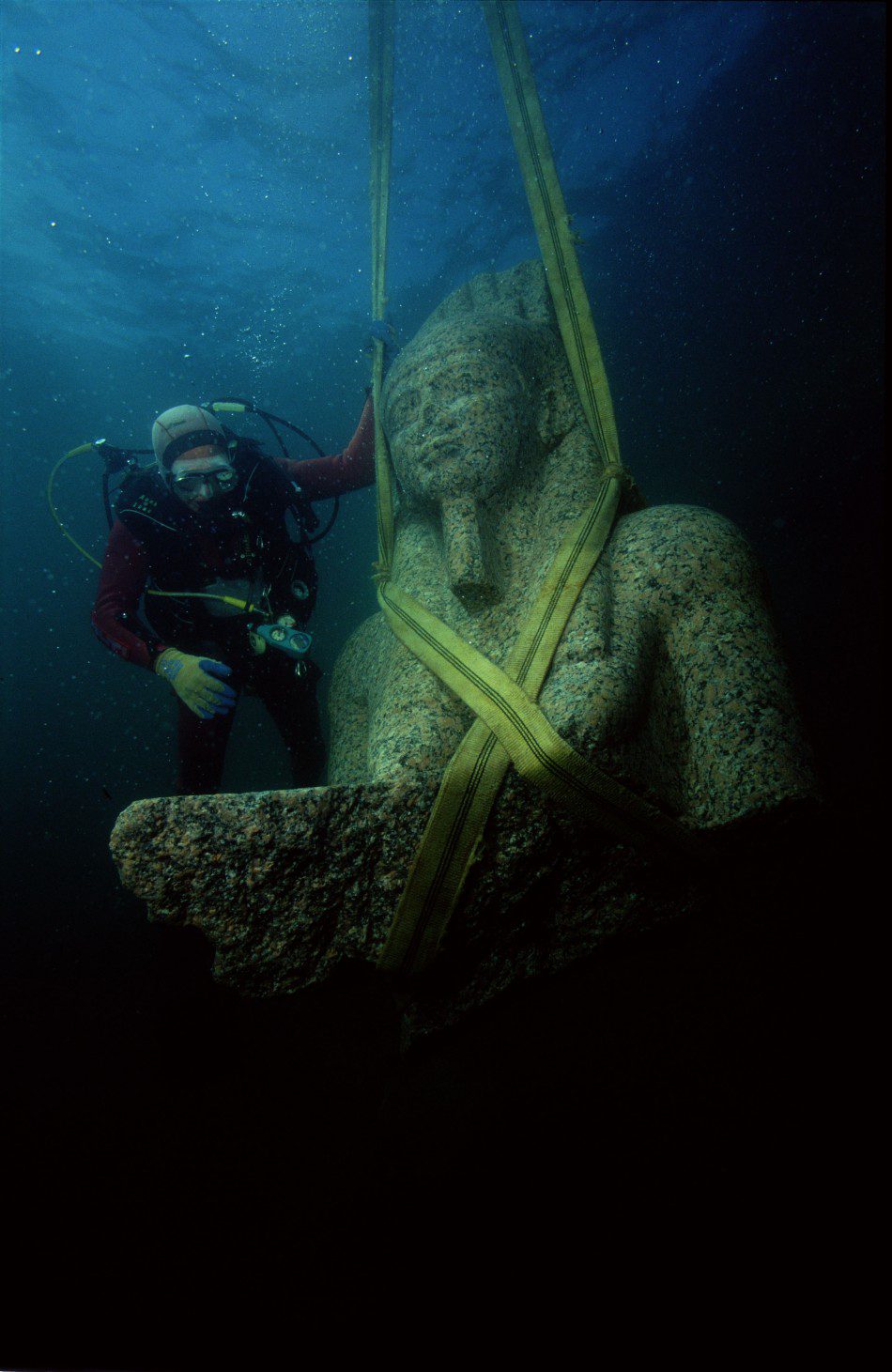
Since then, archeologists have been exploring and excavating Thonis-Heracleion with the help of advanced technology: sonar scans, 3D mapping, underwater robots and drones. They have revealed a stunning underwater landscape: streets lined with columns and sphinxes; temples adorned with hieroglyphs and reliefs; warehouses filled with amphorae and anchors; piers dotted with bronze weights and steles; sanctuaries decorated with offerings and votives. They have also uncovered clues about the city’s social and political life: how it was governed by a council of elders; how it maintained relations with other cities and kingdoms; how it witnessed wars between Egypt and Persia; how it hosted ceremonies for royal visitors; how it suffered from invasions by pirates and rebels.
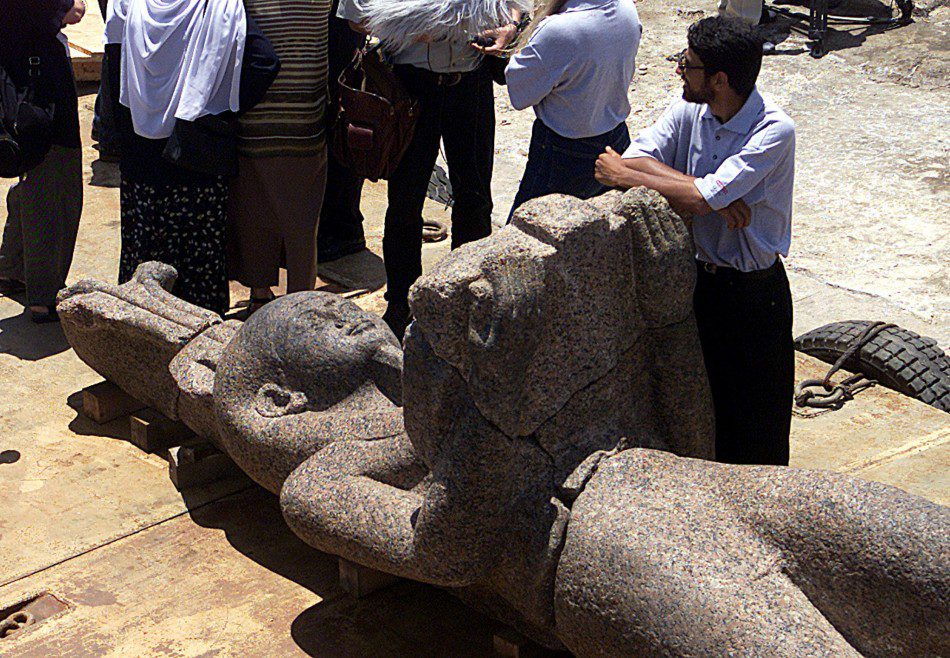
Thonis-Heracleion is a treasure trove for archeologists and historians alike. It offers a rare glimpse into a lost civilization that was once a major player in the ancient world. It also serves as a reminder of how vulnerable cities are to nature’s forces, and how easily they can disappear from memory. But thanks to the efforts of modern explorers, Thonis-Heracleion is resurfacing after 1,000 years under water, revealing its secrets to us once again.
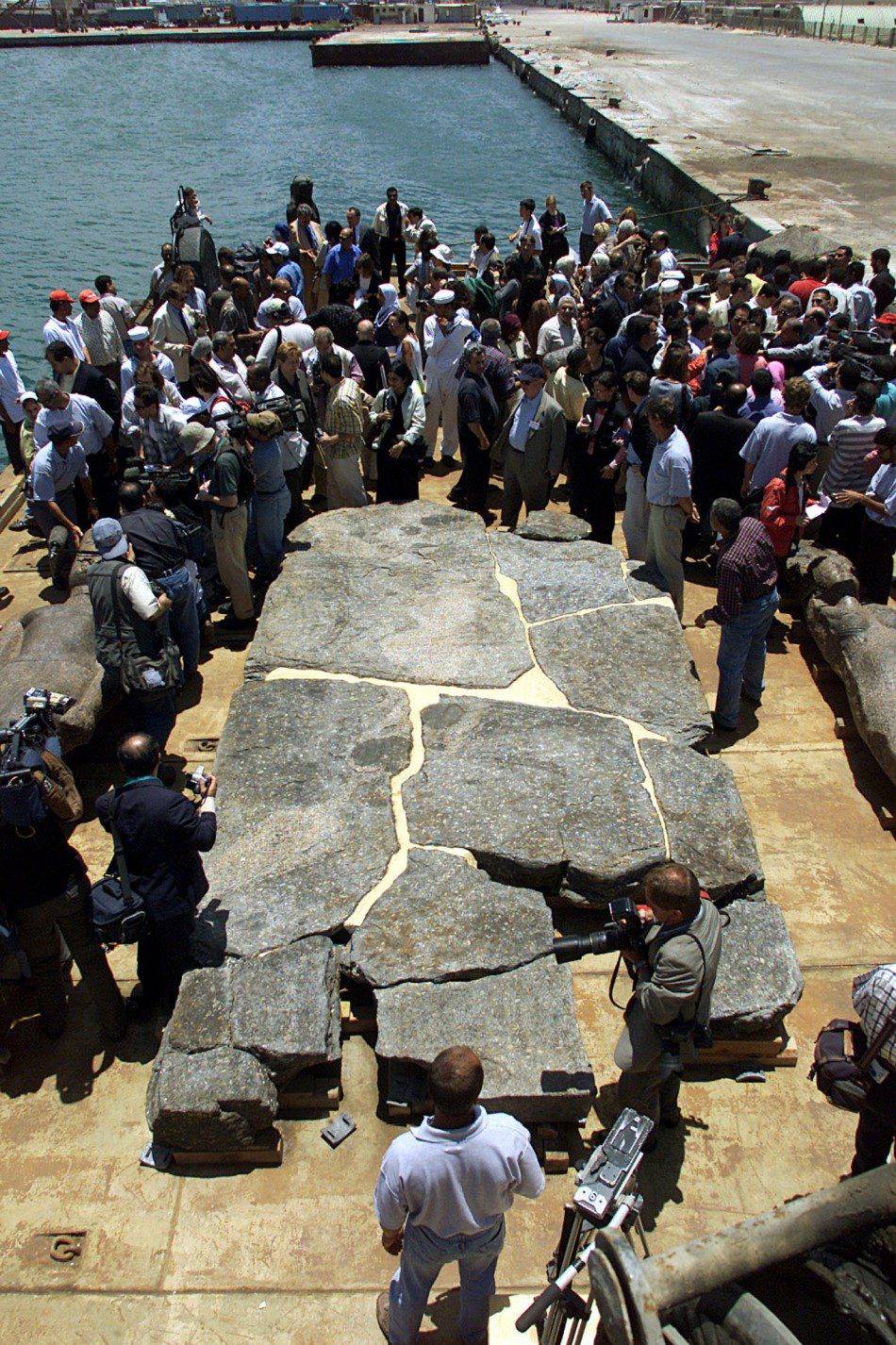
Image source: Franck Goddio/Hilti Foundation